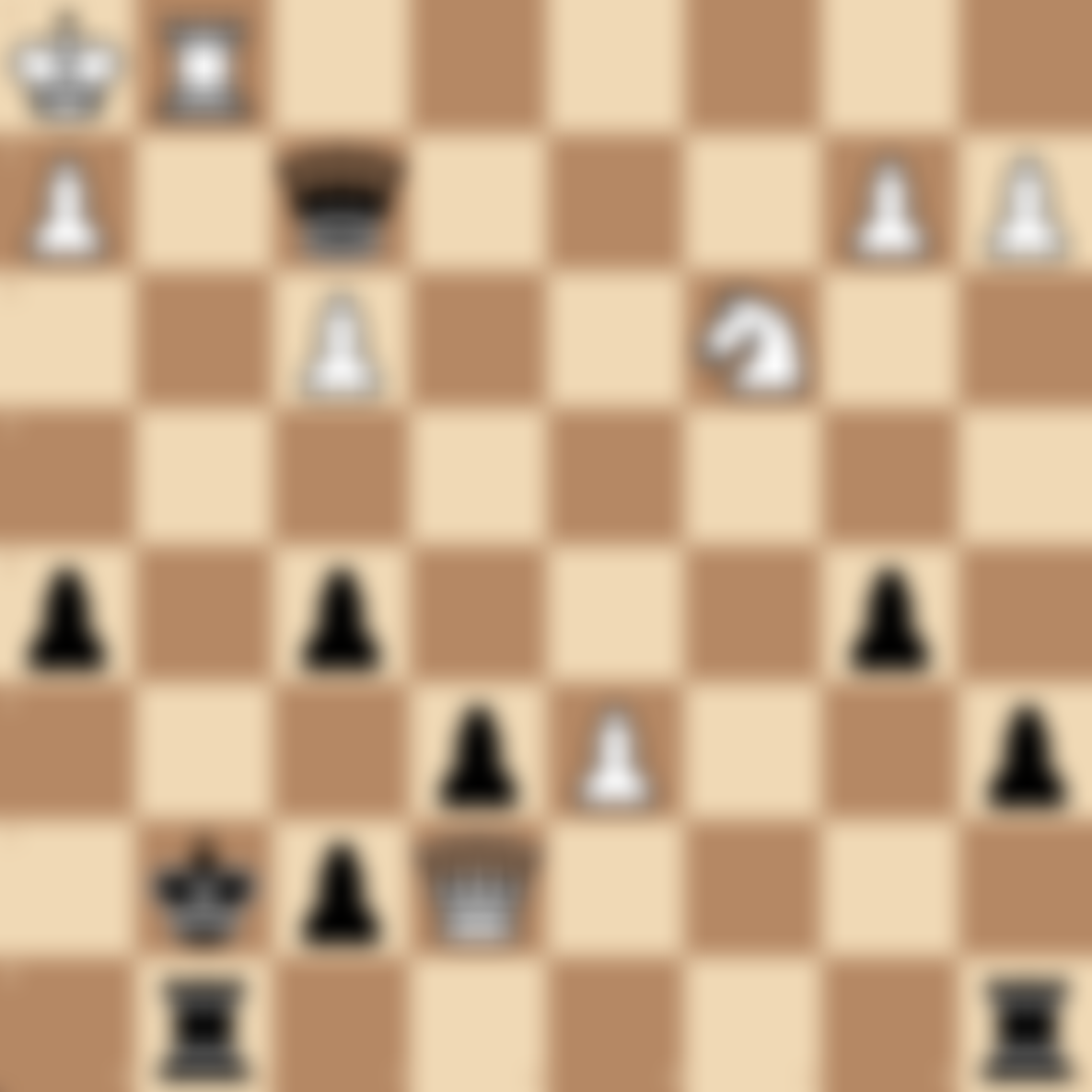Scholar's Mate in Chess: The Quickest Checkmate
Introduction
Scholar's Mate is one of the fastest possible checkmates in chess, often attempted by beginners. At chesspuzzles.io, we've created this comprehensive guide to help you understand, execute, and defend against Scholar's Mate, improving your opening play and tactical awareness.
What is Scholar's Mate?
Scholar's Mate is a four-move checkmate that occurs in the opening phase of the game. It involves White using their queen and bishop to attack Black's f7 square (or White's f2 square if attempted by Black), which is only defended by the king at the start of the game.
The Moves of Scholar's Mate
The typical move sequence for Scholar's Mate is:
- e4 (opening the way for the queen and bishop)
- Qh5 (moving the queen out early)
- Bc4 (developing the bishop to attack f7)
- Qxf7# (checkmate)
Note that Black must play into this mate by not defending properly.
Importance of Understanding Scholar's Mate
While Scholar's Mate is rarely successful against experienced players, understanding it is crucial for several reasons:
- Opening principles: It teaches the importance of king safety in the opening.
- Tactical awareness: It introduces the concept of attacking weak points early.
- Defensive skills: Knowing how to defend against it improves overall defensive play.
- Pattern recognition: It's a basic mating pattern that can occur in various forms.
- Teaching tool: It's often used to introduce beginners to the concept of checkmate.
Key Concepts in Scholar's Mate
- Quick development: Rapidly bringing out the queen and bishop.
- Exploiting weaknesses: Targeting the f7 square, the weakest point in Black's initial position.
- King safety: Demonstrating the dangers of neglecting king safety in the opening.
- Overreliance on the queen: Showing why early queen moves can be risky.
- Tempo: Illustrating the concept of losing moves (tempo) in the opening.
How to Defend Against Scholar's Mate
- Develop your knights to defend the f7 square (e.g., Nc6).
- Move your king's pawn to e6 to block the bishop's attack.
- Develop your light-squared bishop to g7 to defend f7.
- Be cautious about moving the g-pawn, as it can weaken the kingside.
- Consider counter-attacking the exposed white queen with moves like Nf6.
Variations and Related Openings
- Wayward Queen Attack: A more general term for early queen sorties in the opening.
- Napoleon Opening: A similar idea with 1.e4 e5 2.Qf3, targeting f7.
- Parham Attack: Another aggressive opening with 1.e4 e5 2.Qh5, but without the immediate intent of Scholar's Mate.
The Dangers of Relying on Scholar's Mate
- Early queen development can be exploited by the opponent.
- It often leads to loss of tempo if defended correctly.
- It doesn't contribute to proper piece development or center control.
- Against experienced players, it can quickly backfire.
Practice Scholar's Mate Puzzles
Enhance your understanding of Scholar's Mate with our collection of puzzles:
Try our Scholar's Mate Puzzles on chesspuzzles.io now
These puzzles will help you recognize the pattern, learn to defend against it, and understand its principles in various positions.
FAQs
Q: Is Scholar's Mate a good opening strategy? A: While it can occasionally work against beginners, Scholar's Mate is not a sound opening strategy against experienced players. It's better to focus on proper development and center control.
Q: Can Black also attempt Scholar's Mate? A: Yes, Black can attempt a similar idea, sometimes called the "Reverse Scholar's Mate," but it's even less likely to succeed as White has an extra move to defend.
Q: What should I do if my opponent falls for Scholar's Mate? A: If you successfully execute Scholar's Mate, take it as a learning opportunity. Offer to explain to your opponent how to defend against it in the future.
Q: How can I use the ideas behind Scholar's Mate in my games without actually going for it? A: The core idea of attacking f7 (or f2 for Black) is sound. You can incorporate this into your play with more sophisticated strategies that don't rely on bringing the queen out early.
Q: Are there any famous games featuring Scholar's Mate? A: Due to its basic nature, Scholar's Mate rarely appears in high-level play. However, variations of the f7 attack are seen in more complex forms in many famous attacking games.
Understanding Scholar's Mate is a crucial step in every chess player's journey. While you'll quickly outgrow attempting it, the principles behind it will serve you well throughout your chess career. Ready to test your knowledge? Try our Scholar's Mate Puzzles on chesspuzzles.io now and sharpen your opening tactics!
